In today’s rapidly evolving global trade landscape, the relationship between China and Brazil is flourishing, fueled by increasing demand for diverse goods and commodities. As businesses seek efficient, cost-effective solutions for importing products, sea freight stands out as a key logistics option. This article explores the myriad benefits of utilizing sea freight to transport goods from China to Brazil, including its cost-effectiveness, capacity for large shipments, and environmental advantages. By understanding the intricacies of sea freight logistics, companies can optimize their supply chains and enhance their competitive edge in the marketplace. Join us as we delve into the compelling advantages, processes, and future trends of sea freight in this vital trade corridor.
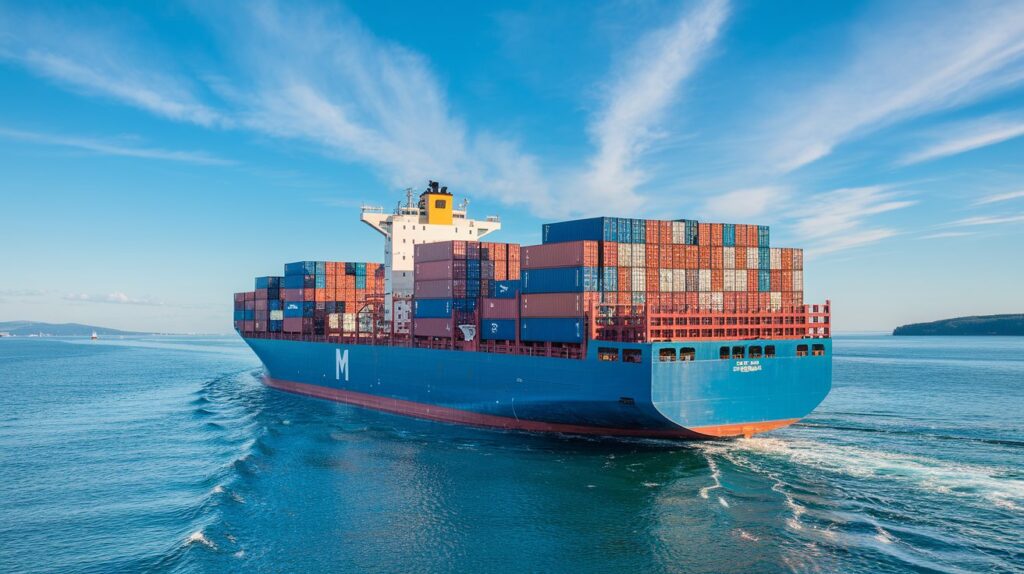
Understanding Sea Freight: A Comprehensive Overview
Sea freight is the transportation of goods and cargo via maritime routes, using cargo ships and container vessels. This method is particularly suited for large volumes of goods, making it an ideal choice for businesses looking to import products globally. Sea freight encompasses a range of services, including the loading and unloading of cargo, customs clearance, and warehousing, which can be coordinated by a freight forwarder.
Sea freight can be categorized into two main types:
-
Full Container Load (FCL): This involves the exclusive use of an entire shipping container for a single shipment. FCL is often more cost-effective for larger shipments, as it maximizes the use of container space.
-
Less than Container Load (LCL): In this scenario, multiple shipments from different customers are consolidated into one container. LCL can be a more economical option for smaller shipments, although it may result in longer transit times due to the need for consolidation.
The Importance of Sea Freight in Global Trade
Sea freight plays a vital role in global trade, serving as one of the most efficient methods for transporting goods across long distances. Key reasons for its significance include:
-
Cost-Effectiveness: Sea freight is typically more economical than air freight, especially for large shipments. The lower operational costs associated with maritime transport contribute to reduced shipping rates, making it an attractive option for businesses looking to manage logistics budgets.
-
Capacity: Cargo ships can accommodate a vast array of goods, including heavy machinery, raw materials, and consumer products. With the ability to transport thousands of containers at once, sea freight is unmatched in its capacity and scalability.
-
Environmental Impact: Despite being a major contributor to global commerce, sea freight has a lower carbon footprint per ton of cargo transported compared to other shipping methods. This environmental advantage appeals to businesses that prioritize sustainability in their operations.
-
Flexibility and Versatility: Sea freight can accommodate various types of cargo, including bulk, breakbulk, and containerized shipments. This adaptability allows for diverse industry applications, from manufacturing to retail.
-
Global Reach: With an extensive network of ports and shipping routes, sea freight provides businesses with access to international markets. Companies can import or export goods to and from virtually any part of the world, enhancing their competitive edge.
For businesses looking to import goods from China to Brazil, partnering with a trusted freight forwarder like Dantful International Logistics can enhance the shipping experience. Dantful offers a one-stop international logistics service tailored to meet the needs of global traders, ensuring a seamless and efficient shipping process.
You may be interested in the following related articles:
- Exploring the Benefits of Sea Freight from China to Switzerland
- Finding the Best Freight Forwarder from China to Angola
- The Ultimate Guide to Sea Freight from China to Finland
- Freight Forwarder from China to Sweden: What You Need to Know
- Step-by-Step Guide to Sea Freight From China to Chile
- Exploring the Benefits of Sea Freight from China to Venezuela
Advantages of Sea Freight from China to Brazil
When importing goods from China to Brazil, utilizing sea freight offers numerous advantages that cater to the needs of businesses across various industries. Understanding these benefits can help companies make informed decisions and optimize their shipping strategies. Here are the primary advantages:
Cost-Effective
One of the most compelling reasons to choose sea freight over other shipping methods is its cost-effectiveness. The lower operating costs associated with maritime transport often translate to competitive freight rates. This is especially true for larger shipments, where economies of scale come into play. The ability to transport large volumes at once means that the per-unit shipping cost decreases significantly, allowing businesses to maintain their profit margins while offering competitive pricing to their customers.
Accommodates Large Shipments
Sea freight is particularly suited for businesses looking to import large volumes of goods. Cargo ships have substantial carrying capacities, enabling them to transport a wide variety of products, from heavy machinery to bulk commodities. This makes sea freight an ideal option for industries that rely on bulk purchasing or require the shipment of oversized items. The flexibility to ship large volumes efficiently can streamline supply chains and reduce the frequency of shipments needed.
Versatile Container Options
With various container options available, sea freight can cater to diverse shipping needs. Businesses can choose between Full Container Load (FCL) and Less than Container Load (LCL), depending on the volume of goods being shipped. Additionally, specialized containers are available for particular types of cargo, such as refrigerated containers for perishable items or flat racks for oversized goods. This versatility allows companies to tailor their shipping strategy based on their unique requirements.
Reliable Transit Times
While sea freight may not be as fast as air freight, it offers reliable transit times that businesses can depend on. Established shipping routes and schedules mean that companies can plan their inventory management and supply chains more effectively. Moreover, many freight forwarders, including Dantful International Logistics, provide tracking and monitoring services, allowing businesses to stay informed about their shipment’s status throughout the journey.
Environmentally Friendly
The environmental impact of shipping is a growing concern for businesses and consumers alike. Sea freight is generally considered to be a more environmentally friendly option compared to air transport. Ships emit less carbon dioxide per ton of cargo transported, making sea freight a more sustainable choice. Companies that prioritize sustainability can benefit from using sea freight, as it aligns with their corporate social responsibility goals and enhances their brand image.
Reduced Risk of Damage
Shipping via sea freight often results in a reduced risk of damage to goods. Containers used in sea transport are built to withstand harsh marine conditions, and the robust loading and unloading processes help protect cargo during transit. Additionally, the ability to ship goods in bulk reduces handling and transfer points, which can further minimize the risk of damage compared to other methods where goods may be handled multiple times.
The Process of Shipping via Sea Freight
Understanding the process of shipping goods via sea freight is essential for businesses looking to navigate the complexities of international trade. Here is a step-by-step guide that outlines the key stages involved in shipping from China to Brazil.
Step-by-Step Guide to Sea Freight Shipping
-
Initial Consultation and Quotation: Businesses start by consulting with a freight forwarder to discuss their shipping needs. The forwarder provides a quotation based on factors such as shipment size, weight, destination, and required services.
-
Booking the Shipment: Once the quotation is accepted, businesses formally book their shipment with the freight forwarder. This step includes coordinating the shipping schedule and selecting the appropriate shipping route.
-
Cargo Preparation: The business prepares their cargo for transport, ensuring proper packaging and labeling. It is vital to adhere to any specific requirements for the type of goods being shipped, such as temperature control for perishables.
-
Customs Documentation: The freight forwarder assists with preparing necessary customs documentation to ensure compliance with Brazilian import regulations. This includes preparing invoices, packing lists, and any required certificates.
-
Loading and Transportation: The cargo is transported to the port of departure, where it is loaded onto the vessel. The freight forwarder coordinates this process, ensuring that loading is completed efficiently and safely.
-
Transit and Tracking: Once on board, the cargo is transported to Brazil. During this transit period, businesses can track their shipment’s progress through the freight forwarder’s tracking system.
-
Arrival and Customs Clearance: Upon arrival at the Brazilian port, the cargo undergoes customs clearance. The freight forwarder assists in navigating this process and ensuring that all documentation is in order for smooth clearance.
-
Delivery to Final Destination: After clearing customs, the cargo is either delivered directly to the recipient’s location or stored in a warehouse if needed. The freight forwarder can facilitate last-mile delivery through their logistics services.
Choosing the Right Freight Forwarder
Selecting a reliable freight forwarder is crucial for ensuring a smooth shipping experience. When choosing a forwarder, businesses should consider the following factors:
-
Experience and Expertise: Look for a forwarder with a proven track record in handling shipments between China and Brazil. Their experience will make them adept at navigating potential challenges.
-
Range of Services: Choose a freight forwarder that offers a comprehensive range of services, including customs clearance, warehouse services, and insurance services. This ensures that all aspects of shipping are covered under one roof.
-
Transparency and Communication: A reputable forwarder will provide clear communication and transparent pricing. They should be readily available to address any questions or concerns throughout the shipping process.
-
Customer Reviews and Reputation: Examine customer feedback and reviews to gauge the reputation of the freight forwarder. Positive testimonials can indicate a commitment to customer satisfaction and reliability.
By following this structured approach to sea freight shipping and partnering with a reputable provider like Dantful International Logistics, businesses can effectively manage their logistics needs and streamline the import process from China to Brazil.
Sea Freight Costs from China to Brazil
Understanding the costs associated with sea freight is essential for businesses looking to optimize their logistics budgets when importing goods from China to Brazil. Various factors influence sea freight costs, and being aware of these can help businesses make informed decisions and budget effectively.
Factors Influencing Sea Freight Costs
- Shipping Method (FCL vs. LCL):
- Full Container Load (FCL): When using FCL, businesses pay for the entire container regardless of whether it is fully loaded. This method is typically more cost-effective for larger shipments and reduces the price per unit.
- Less than Container Load (LCL): For LCL shipments, costs are determined by the volume of cargo. This method can be economical for smaller shipments but may result in higher costs per unit due to handling and consolidation fees.
- Distance and Route:
- The distance between the port of departure in China and the destination port in Brazil directly impacts shipping costs. Certain routes may incur higher charges due to prevailing shipping lanes, port fees, and fuel costs.
- Type of Cargo:
- The nature of the goods being shipped influences costs. For example, hazardous materials may require special handling and documentation, leading to additional fees. Similarly, perishables may necessitate refrigerated containers, which can increase expenses.
- Additional Services:
- Services such as customs clearance, insurance, and warehousing are often required during sea freight operations and can add to the overall cost. Partnering with a freight forwarder like Dantful International Logistics can help streamline these services and provide more accurate cost estimates.
- Market Conditions:
- Fluctuations in the shipping market, fuel prices, and demand for container space can lead to variable pricing. Monitoring market conditions and trends is crucial for businesses looking to negotiate favorable rates.
Sample Cost Estimates
To provide a clearer understanding of potential costs associated with sea freight from China to Brazil, the following table outlines sample estimated prices for different shipping methods. Note that actual rates may vary based on the factors mentioned above.
| Shipping Method | Estimated Cost (USD) | Estimated Transit Time | Additional Notes |
|---|---|---|---|
| FCL (20ft Container) | $1,500 – $2,500 | 25-40 days | Suitable for larger shipments, full container usage. |
| FCL (40ft Container) | $2,500 – $4,000 | 25-40 days | More volume capacity; economical for bulk shipments. |
| LCL (per cubic meter) | $60 – $100 | 30-50 days | Good option for smaller shipments, costs may vary. |
| Additional Services | Varies | N/A | Includes customs, insurance, and warehousing. |
These estimates serve as a guideline and should be confirmed with a freight forwarder for precise quotations tailored to specific shipping needs.
READ MORE:
- Shipping From China to the United States
- Shipping From China TO Canada
- Shipping From China TO Mexico
- Shipping From China to Panama
- Shipping From China to Costa Rica
- Shipping From China to Brazil
- Shipping From China TO Colombia
- Shipping From China to Jamaica
- Shipping From China to Venezuela
Sea Freight Transit Times from China to Brazil
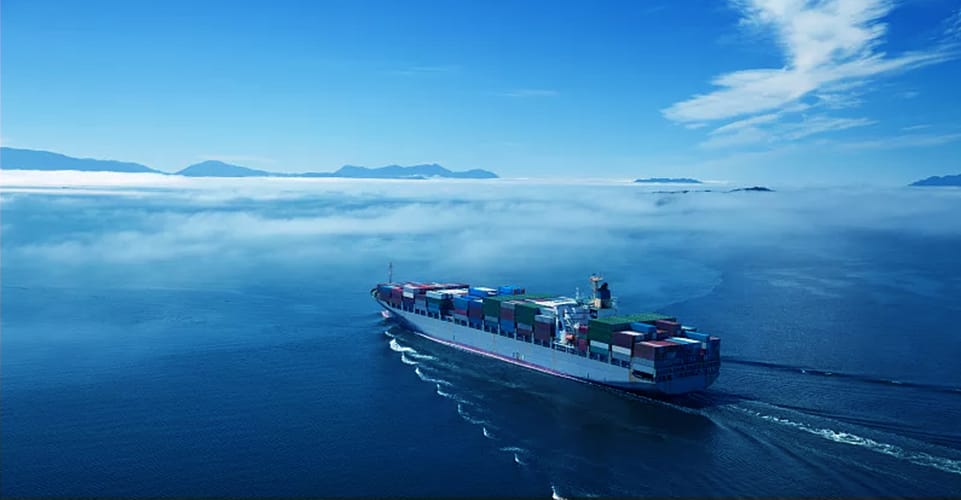
Transit times are a critical consideration for businesses when planning shipments from China to Brazil. Understanding the expected duration for sea freight can help companies manage their inventory and fulfillment strategies effectively.
Typical Transit Times
The transit time for sea freight from China to Brazil typically varies based on several factors, including the specific ports involved, shipping routes, and the type of service used. Here is a general overview of expected transit times:
- Direct Shipping Routes:
- Direct routes from major Chinese ports, such as Shanghai or Shenzhen, to Brazilian ports like Santos or Rio de Janeiro usually take approximately 25 to 35 days. These routes involve fewer stops and provide a faster shipping option.
- Indirect Shipping Routes:
- If goods are shipped via indirect routes with transshipment or multiple stops along the way, transit times can increase to 30 to 50 days. This can be particularly relevant for LCL shipments or when using less direct shipping methods.
- Customs Clearance:
- It is essential to account for the time required for customs clearance upon arrival in Brazil. This process can vary based on the type of cargo, accuracy of documentation, and any inspections that may be necessary. Customs clearance typically adds an additional 2 to 5 days to the overall transit time.
Importance of Transit Time Awareness
Being aware of the typical transit times is crucial for businesses to:
-
Manage Inventory: Understanding shipping durations enables companies to maintain optimal inventory levels and avoid stockouts or overstock situations.
-
Enhance Customer Satisfaction: When businesses can provide accurate delivery estimates to customers, it helps manage expectations and improve overall satisfaction.
-
Plan Ahead for Seasonal Demand: Businesses can better prepare for fluctuations in demand during peak seasons or holidays by adequately planning their shipping schedules.
By collaborating with a reliable freight forwarder such as Dantful International Logistics, businesses can gain insights into transit times, receive timely updates, and ensure a smooth logistics process when importing goods from China to Brazil. Efficient management of logistics and supply chain processes is essential for maximizing business success in the global marketplace.
Dantful International Logistics Services:
- Dantful Ocean Freight Services
- Air Freight From China
- Amazon FBA Freight Forwarding
- WAREHOUSE Services
- One-Stop Customs Clearance Solution
- Cargo Insurance Services in China
- DDP Shipping Services By Dantful Logistics
- Out of Gauge Cargo Transportation Shipping Services
Challenges and Solutions in Sea Freight Logistics
While sea freight offers numerous advantages for businesses importing goods from China to Brazil, it is not without its challenges. Understanding these hurdles and exploring effective solutions is essential for companies seeking to navigate the complexities of international shipping. Below are some common challenges faced in sea freight logistics and their corresponding solutions.
Common Challenges
- Customs Clearance Delays
- Customs procedures can be complex and time-consuming. Delays may occur due to incomplete documentation, inspections, or regulatory compliance issues.
- Variable Transit Times
- Sea freight is subject to unpredictable transit times due to weather conditions, port congestion, or logistical complications, which can disrupt supply chains.
- Cargo Damage and Loss
- Despite robust handling processes, goods can be damaged or lost during transit. This risk is particularly heightened for fragile items or improper packaging.
- Rising Shipping Costs
- Fluctuations in fuel prices, demand for container space, and additional fees can lead to rising shipping costs, complicating budget management for businesses.
- Limited Visibility
- Lack of real-time tracking and communication can lead to uncertainties regarding shipment status, making it difficult for businesses to manage their logistics efficiently.
Solutions
- Enhanced Documentation and Compliance
- Investing in thorough training for staff on customs regulations and documentation requirements can help streamline the customs clearance process. Engaging with experienced freight forwarders can also ensure that all necessary paperwork is complete and compliant.
- Utilizing Advanced Logistics Technology
- Implementing logistics technology solutions, such as transportation management systems (TMS) and tracking software, can provide real-time data on shipment status, improving visibility and enabling proactive management of logistics operations.
- Proper Packaging and Handling
- Ensuring that goods are packaged appropriately for transit can significantly reduce the risk of damage. Companies should work with experienced suppliers and freight forwarders to develop best practices for packaging fragile or high-value items.
- Negotiating Long-Term Contracts
- To manage rising costs, businesses can negotiate long-term contracts with shipping providers, securing more favorable rates and terms based on predictable shipping volumes.
- Building Strong Relationships with Partners
- Establishing solid relationships with reliable partners, including freight forwarders, carriers, and customs brokers, can foster better communication and collaboration, ultimately improving the entire logistics process.
By proactively addressing these challenges, businesses can optimize their sea freight logistics and maintain a competitive edge in the global market.
FAQs
1. What is sea freight, and how does it work?
Sea freight refers to the transportation of goods via maritime routes using cargo ships. It can involve either a Full Container Load (FCL), where a single shipment occupies an entire container, or a Less than Container Load (LCL), where multiple shipments are consolidated into one container. The process includes consultation with a freight forwarder, cargo preparation, customs documentation, loading, transportation, and delivery.
2. What are the advantages of using sea freight to import goods from China to Brazil?
Sea freight offers several benefits, including:
- Cost-effectiveness for large shipments.
- The ability to accommodate substantial volumes of goods.
- Versatile container options for different types of cargo.
- Reliable transit times with established shipping routes.
- A more environmentally friendly option compared to air freight.
- Reduced risk of damage to goods during transit.
3. How long does it typically take for goods to ship from China to Brazil via sea freight?
Transit times for sea freight from China to Brazil generally range from 25 to 50 days, depending on factors such as the specific ports involved, shipping routes, and customs clearance processes.
4. What factors influence sea freight costs when shipping from China to Brazil?
Several factors can affect shipping costs:
- The shipping method (FCL vs. LCL).
- Distance and route taken.
- The nature of the cargo.
- Additional services required (customs, insurance, warehousing).
- Current market conditions, including fluctuating fuel prices.
5. How can I choose the right freight forwarder for my sea freight needs?
When selecting a freight forwarder, consider:
- Their experience and expertise in handling shipments between China and Brazil.
- The range of services they offer, such as customs clearance and insurance services.
- Transparency in pricing and communication.
- Customer reviews and reputation in the industry.
6. What challenges might I face when using sea freight, and how can I overcome them?
Common challenges include customs clearance delays, variable transit times, cargo damage, rising shipping costs, and limited visibility. Solutions involve enhancing documentation compliance, utilizing logistics technology for tracking, ensuring proper packaging, negotiating long-term contracts for better rates, and building strong relationships with logistics partners.

Young Chiu is a seasoned logistics expert with over 15 years of experience in international freight forwarding and supply chain management. As CEO of Dantful International Logistics, Young is dedicated to providing valuable insights and practical advice to businesses navigating the complexities of global shipping.
The other language versions of this article
- استكشاف فوائد الشحن البحري من الصين إلى البرازيل
- Ontdek de voordelen van zeevracht van China naar Brazilië
- Découvrir les avantages du fret maritime de la Chine vers le Brésil
- Die Vorteile der Seefracht von China nach Brasilien erkunden
- Esplorare i vantaggi del trasporto marittimo dalla Cina al Brasile
- Explorando los beneficios del transporte marítimo desde China a Brasil
- Explorando os benefícios do frete marítimo da China para o Brasil
- Изучение преимуществ морских перевозок из Китая в Бразилию
- Çin’den Brezilya’ya Deniz Taşımacılığının Avantajlarını Keşfetmek

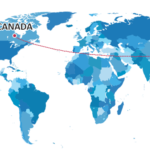
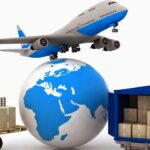
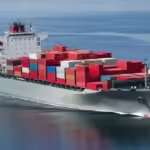

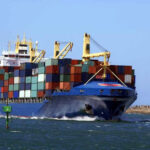
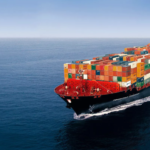
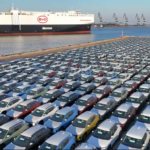



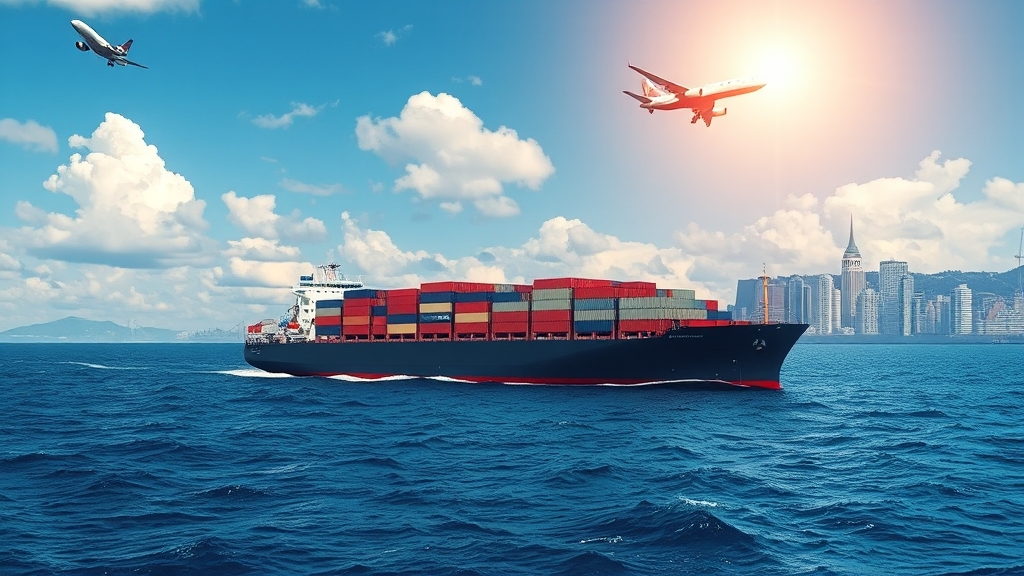

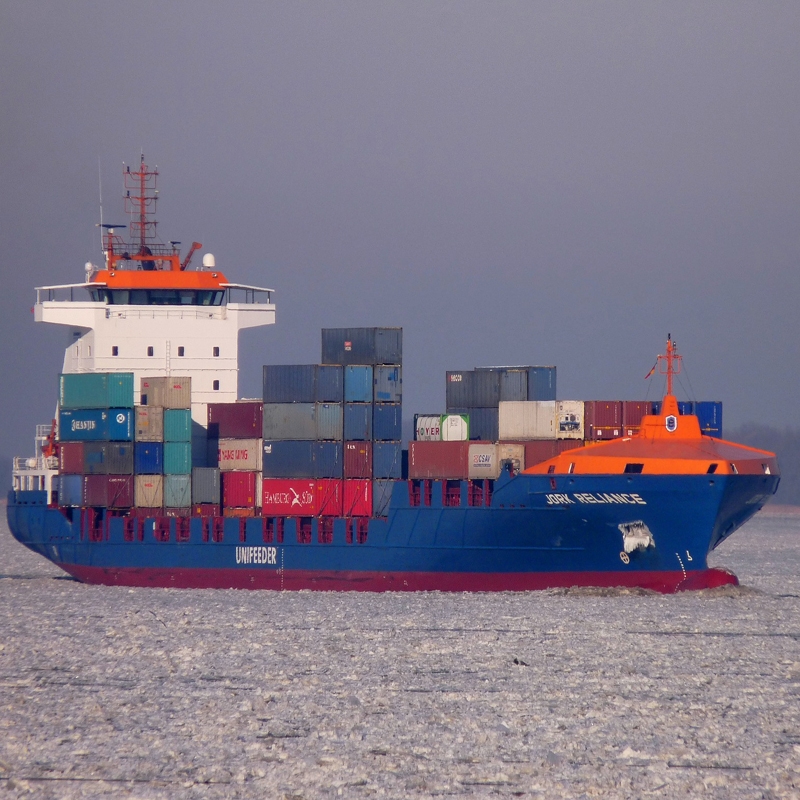
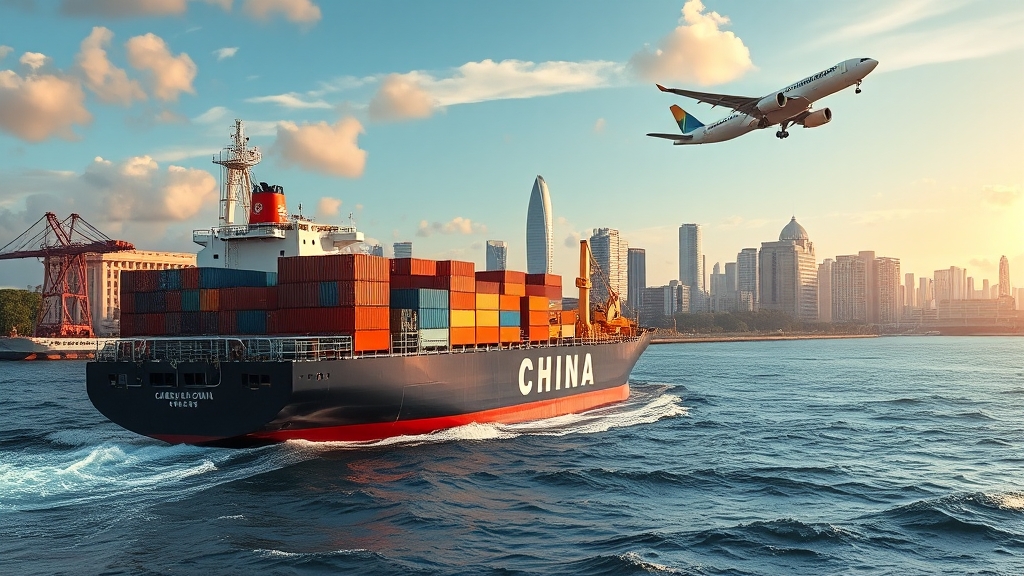
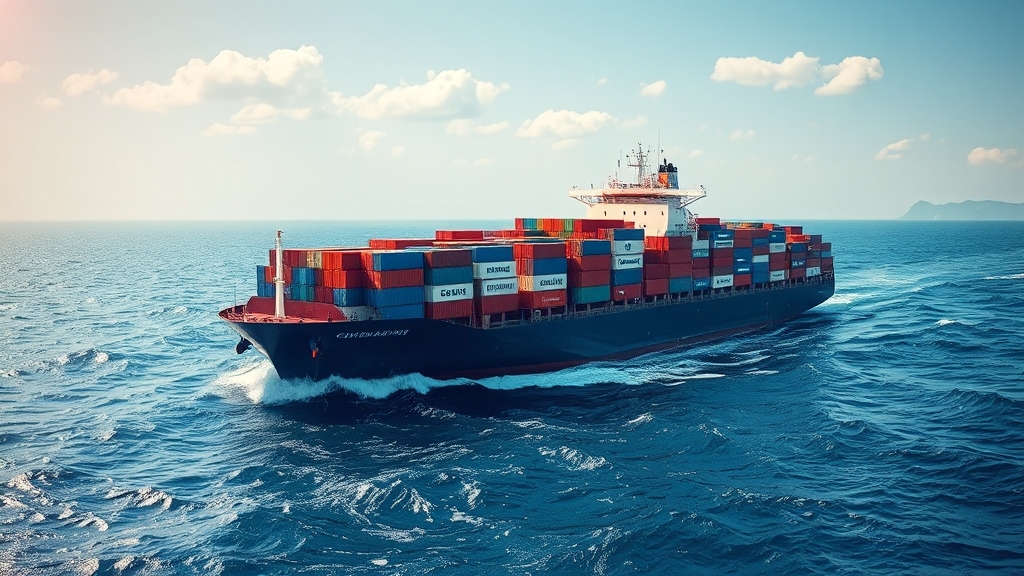





 Afrikaans
Afrikaans Shqip
Shqip አማርኛ
አማርኛ العربية
العربية Հայերեն
Հայերեն Azərbaycan dili
Azərbaycan dili Euskara
Euskara Беларуская мова
Беларуская мова বাংলা
বাংলা Bosanski
Bosanski Български
Български Català
Català Cebuano
Cebuano Chichewa
Chichewa 简体中文
简体中文 繁體中文
繁體中文 Corsu
Corsu Hrvatski
Hrvatski Čeština
Čeština Dansk
Dansk Nederlands
Nederlands English
English Esperanto
Esperanto Eesti
Eesti Filipino
Filipino Suomi
Suomi Français
Français Galego
Galego ქართული
ქართული Deutsch
Deutsch Ελληνικά
Ελληνικά Kreyol ayisyen
Kreyol ayisyen Harshen Hausa
Harshen Hausa Ōlelo Hawaiʻi
Ōlelo Hawaiʻi עִבְרִית
עִבְרִית हिन्दी
हिन्दी Hmong
Hmong Magyar
Magyar Íslenska
Íslenska Igbo
Igbo Bahasa Indonesia
Bahasa Indonesia Gaeilge
Gaeilge Italiano
Italiano 日本語
日本語 Basa Jawa
Basa Jawa ಕನ್ನಡ
ಕನ್ನಡ Қазақ тілі
Қазақ тілі ភាសាខ្មែរ
ភាសាខ្មែរ 한국어
한국어 كوردی
كوردی Кыргызча
Кыргызча ພາສາລາວ
ພາສາລາວ Latin
Latin Latviešu valoda
Latviešu valoda Lietuvių kalba
Lietuvių kalba Lëtzebuergesch
Lëtzebuergesch Македонски јазик
Македонски јазик Malagasy
Malagasy Bahasa Melayu
Bahasa Melayu മലയാളം
മലയാളം Maltese
Maltese Te Reo Māori
Te Reo Māori मराठी
मराठी Монгол
Монгол ဗမာစာ
ဗမာစာ नेपाली
नेपाली Norsk bokmål
Norsk bokmål پښتو
پښتو فارسی
فارسی Polski
Polski Português
Português ਪੰਜਾਬੀ
ਪੰਜਾਬੀ Română
Română Русский
Русский Samoan
Samoan Gàidhlig
Gàidhlig Српски језик
Српски језик Sesotho
Sesotho Shona
Shona سنڌي
سنڌي සිංහල
සිංහල Slovenčina
Slovenčina Slovenščina
Slovenščina Afsoomaali
Afsoomaali Español
Español Basa Sunda
Basa Sunda Kiswahili
Kiswahili Svenska
Svenska Тоҷикӣ
Тоҷикӣ தமிழ்
தமிழ் తెలుగు
తెలుగు ไทย
ไทย Türkçe
Türkçe Українська
Українська اردو
اردو O‘zbekcha
O‘zbekcha Tiếng Việt
Tiếng Việt Cymraeg
Cymraeg יידיש
יידיש Yorùbá
Yorùbá Zulu
Zulu